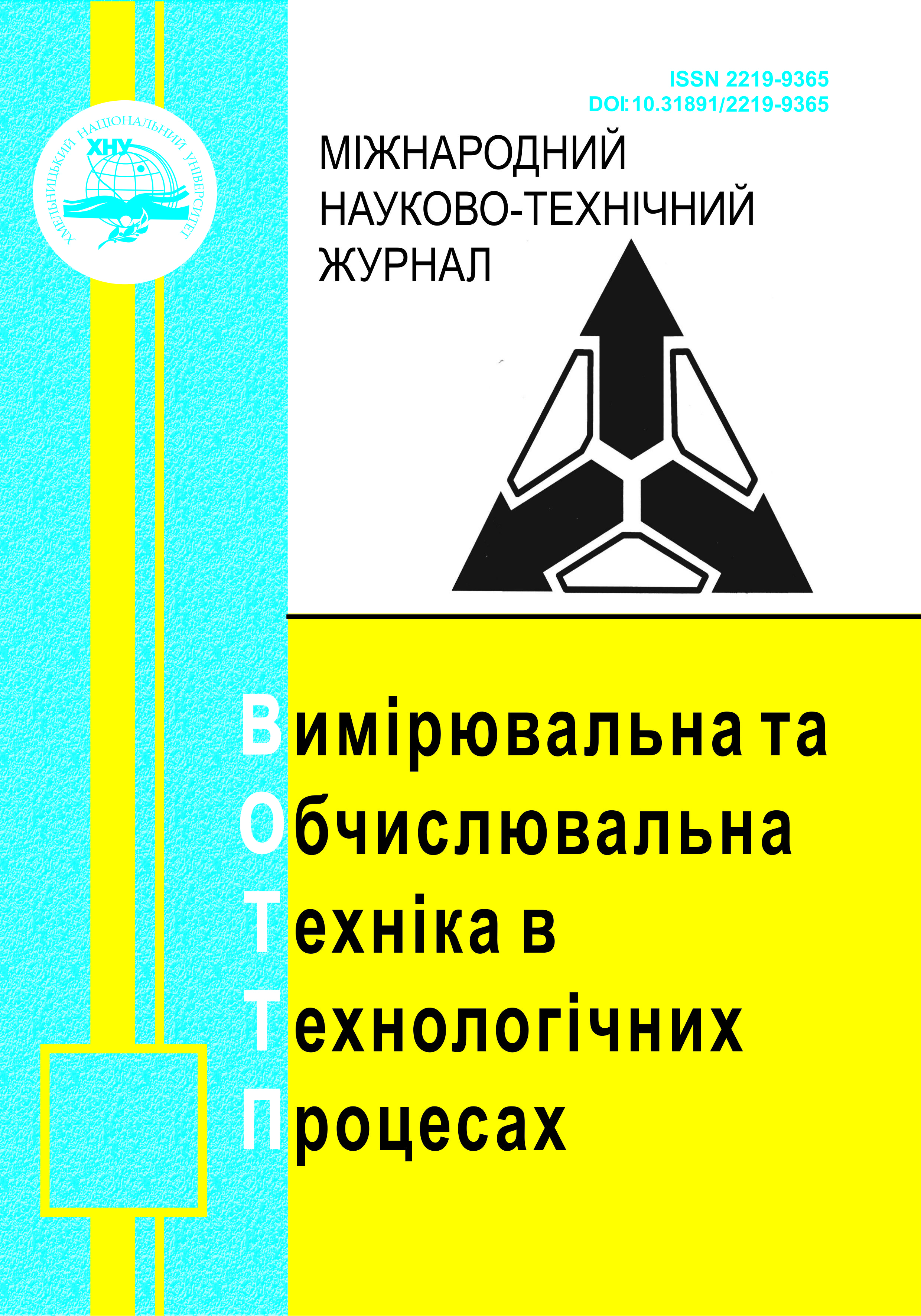A FUZZY MODEL FOR ATMOSPHERIC AIR QUALITY ASSESSMENT
DOI:
https://doi.org/10.31891/2219-9365-2022-72-4-19Keywords:
AQI air quality index, PM particulate matter, fuzzy logic, Mamdani algorithmAbstract
Currently, there is no single standard for assessing the quality of atmospheric air for all countries in the world. The most common is the method of assessing the air quality index AQI from the EPA agency (USA), which has two calculation algorithms: firstly, by the concentration of solid particles with a characteristic size up to 2.5 microns or PM2.5[1] and secondly, according to the worst indicator of six factors, which include the concentrations of PM2.5 and PM10 solid particles, sulfur dioxide, nitrogen dioxide, carbon monoxide (CO) and ozone. Determination of the air quality coefficient according to the first algorithm is adopted in Ukraine and it has the additional designation РМ2.5: "AQI (РМ2.5)". The calculation of the AQI coefficient according to both algorithms is based on piecewise linear interpolation, as a result of which the rating scale has gaps of the second kind. This causes the emergence of an additional source of uncertainty of the evaluation result. In addition, evaluation by only one selected parameter, in our opinion, reduces both the reliability and accuracy of the evaluation. To implement the second algorithm, there is usually not enough data from one of the channels - the ozone concentration, the measurement of which is not provided by the majority of environmental monitoring stations in Ukraine. Thus, the issue of creating an effective expert system for monitoring the state of atmospheric air based on taking into account various factors of pollution remains open at the moment. The paper considers a fuzzy model for assessing the quality of atmospheric air based on the main factor - the concentration of solid particles of the PM2.5 type. Other factors with reduced influence on the initial estimate are: concentration of carbon monoxide CO, sulfur dioxide and nitrogen dioxide. The model is built according to the Mamdani algorithm and has four inputs and one output, each of which has three membership functions. The source of input data is the results of measurements from environmental monitoring stations available from the network in real time. The base of fuzzy rules includes 81 formulas of fuzzy derivation. The model was developed using the MATLAB package. Taking into account data from additional input channels allows to increase the reliability of risk assessment for the health of people, especially those with a vulnerable respiratory tract.

